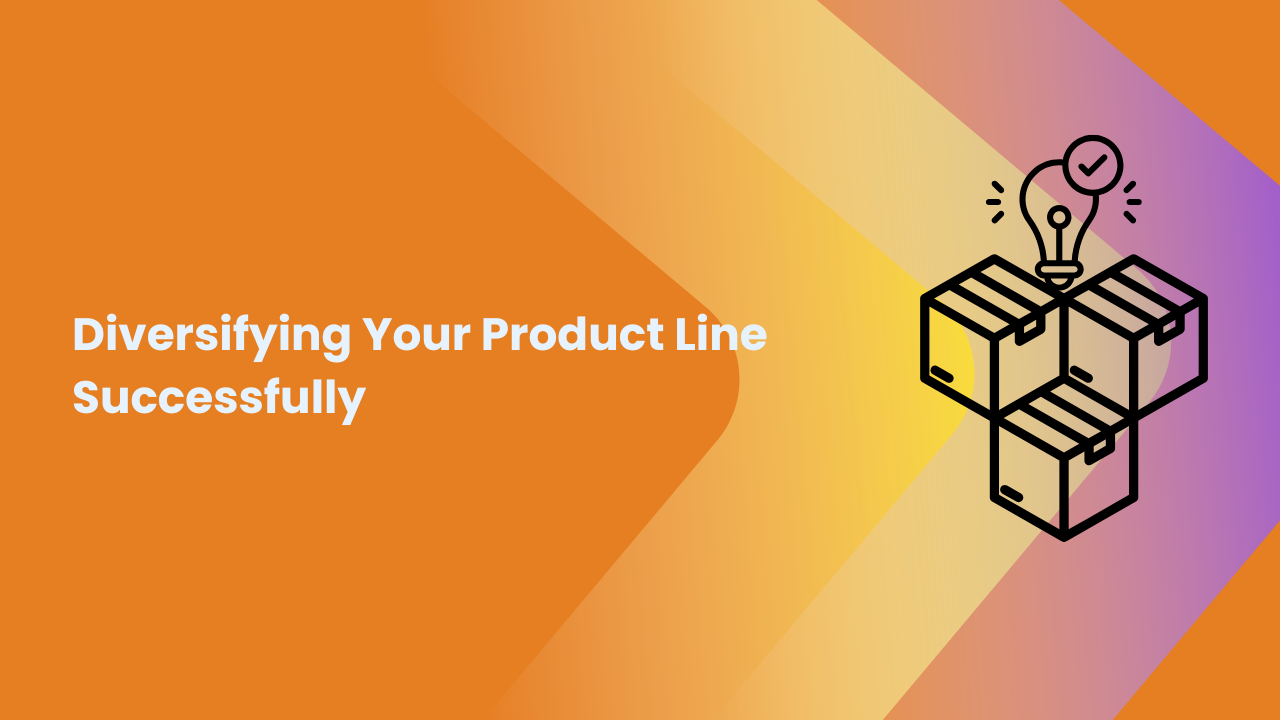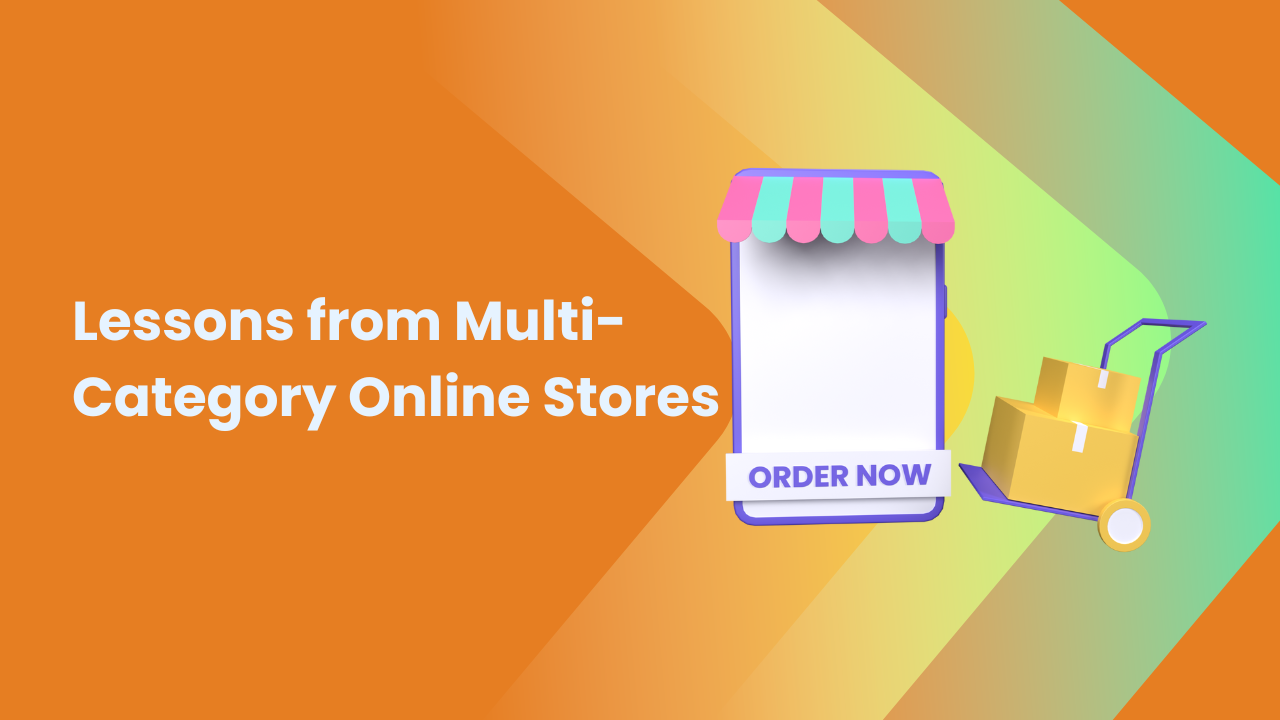Share this Article
Introduction
The world of eCommerce is constantly changing, as new technologies emerge, consumer expectations evolve, and businesses strive to deliver better and more personalized experiences. One of the most significant shifts in recent years has been the rise of headless commerce. This revolutionary approach to online retailing is quickly gaining traction, offering companies the ability to create unique and flexible shopping experiences without being constrained by traditional eCommerce frameworks.
In this article, we will explore the concept of headless commerce in detail, how it works, its benefits, and why it’s becoming an essential strategy for forward-thinking online retailers. We will also discuss how adopting headless commerce can help your store stay competitive in today’s fast-paced digital world.
Understanding Headless Commerce
Headless commerce is an eCommerce architecture in which the front end (what customers interact with) is separated from the back end (where the business’s operations, such as inventory, order management, and customer data, are handled). In traditional eCommerce platforms, the front end and back end are tightly integrated, making it difficult to customize one aspect without affecting the other. However, with headless commerce, the back-end and front-end systems communicate via APIs (Application Programming Interfaces), allowing each to be developed and managed independently.
This decoupling of the front and back ends enables retailers to offer highly customizable user experiences while maintaining powerful back-end functionality. Whether it’s using a custom-designed website, mobile app, or even a voice assistant, businesses can create a personalized, cohesive shopping experience across multiple touchpoints, while the back-end systems focus on product management, payment processing, and logistics.
Key Features of Headless Commerce:
- Flexibility: Businesses have complete control over the front-end design and user experience without being limited by a monolithic platform.
- Omnichannel Experience: Headless commerce allows integration across various sales channels, such as websites, mobile apps, social media, IoT devices, and more.
- Speed and Innovation: With a decoupled system, businesses can quickly innovate and implement new features without disrupting the entire platform.
- Scalability: The architecture supports business growth by making it easy to scale and add new functionalities without overhauling the entire system.
Why Headless Commerce is Gaining Popularity
As eCommerce continues to evolve, the demand for more personalized, efficient, and seamless shopping experiences has never been higher. Consumers now expect tailored experiences, faster delivery, and the ability to shop across multiple channels. Traditional eCommerce systems, though functional, can sometimes be too rigid to meet these growing demands. Headless commerce offers an ideal solution by providing the flexibility, scalability, and integration capabilities needed to stay ahead of the curve.
1. Customization and Personalization
Headless commerce empowers retailers to fully customize the front-end experience to meet the specific needs and preferences of their customers. In traditional eCommerce models, retailers are often confined by the templates and designs of their chosen platform, limiting their ability to create unique and personalized shopping experiences. With headless commerce, businesses have complete creative freedom to design their websites, mobile apps, or other platforms exactly how they want them, creating a truly distinct user experience.
For example, a business selling outdoor adventure gear could design a website with interactive features like product comparison tools, detailed activity-based filters, or personalized recommendations based on past purchases. Headless commerce enables businesses to make these changes and offer customized shopping experiences quickly and easily.
2. Seamless Omnichannel Experience
The modern consumer is no longer tied to a single device or platform. Whether shopping from a desktop, smartphone, smart speaker, or even an in-store kiosk, consumers expect a consistent and seamless experience across all touchpoints. Headless commerce is designed to facilitate this omnichannel experience by allowing businesses to use different front-end systems for different channels while keeping a unified back-end structure.
For instance, a retailer might create a web store, a mobile app, and a smart speaker integration for ordering products. Since these systems communicate with the same back-end data through APIs, the retailer can ensure that product availability, pricing, and inventory are consistent across all platforms. This level of integration is essential for businesses that want to maintain a high-quality, unified customer experience across various channels.
3. Speed and Flexibility for Innovation
In today’s fast-paced digital environment, speed is a critical factor in staying competitive. Retailers that are able to innovate quickly—whether by integrating new technologies, launching promotions, or offering new products—are better positioned to succeed. Headless commerce allows businesses to make changes to their front-end systems without affecting their back-end infrastructure, making it easier to implement new features or technologies.
For example, a retailer may want to introduce augmented reality (AR) functionality to allow customers to visualize products in their homes before making a purchase. In a traditional eCommerce system, implementing such a feature would likely require changes to both the front and back end, making it a lengthy and complex process. However, with headless commerce, the front-end experience can be modified independently, allowing for faster and more agile development.
4. Improved Scalability
As businesses grow, they often face the challenge of scaling their eCommerce operations to accommodate increasing traffic, expanding product offerings, and entering new markets. Traditional eCommerce platforms can struggle with scalability, especially when it comes to managing large amounts of data or integrating with additional systems. Headless commerce, on the other hand, offers a more scalable solution by separating the front-end and back-end, allowing businesses to scale each component independently.
For example, a retailer expanding internationally may need to modify their website to support multiple languages and currencies. With headless commerce, they can update the front-end design for each market without needing to rework the entire back-end infrastructure. This flexibility allows businesses to scale their operations more efficiently and cost-effectively.
5. Better Integration with Third-Party Tools and Services
In the modern eCommerce ecosystem, businesses rely on various third-party tools and services to manage everything from payments and customer relationship management (CRM) to marketing automation and inventory management. Headless commerce offers a seamless way to integrate with these third-party systems using APIs, allowing businesses to choose the best tools for their specific needs.
For instance, a retailer might use one payment gateway, a different marketing automation tool, and another system for inventory management. Headless commerce makes it easy to integrate these systems into the back end without disrupting the front-end experience. This level of flexibility ensures that businesses can choose the best tools for their needs and scale efficiently without being locked into a single solution.
How Does Headless Commerce Work?
To understand how headless commerce functions, it’s helpful to compare it to traditional eCommerce architectures. In a traditional eCommerce setup, both the front-end and back-end systems are tightly integrated. For example, if a business wanted to update its product pages, they would have to make changes to both the front-end design and the back-end inventory system.
In headless commerce, the front-end (or "head") is decoupled from the back-end. This separation allows businesses to design the customer-facing interface using any technology they choose—whether it’s a website, mobile app, or even a voice assistant. The back-end system remains responsible for product data, inventory management, pricing, and order fulfillment. The two systems communicate via APIs, allowing them to share data and work together seamlessly.
For example, if a customer places an order on a mobile app, the front-end system (the mobile app) sends the order details to the back-end system (the inventory and order management system), which processes the transaction and updates the inventory accordingly. This decoupling provides businesses with greater flexibility to customize their customer experience without being restricted by a monolithic platform.
Advantages of Headless Commerce for Your Store
1. Enhanced Customer Experience
One of the key benefits of headless commerce is the ability to deliver a highly personalized and engaging shopping experience. With full control over the front-end design, retailers can create custom user interfaces that align with their brand and meet customer needs. This includes features like personalized product recommendations, dynamic content based on user behavior, and interactive elements that engage customers throughout their shopping journey.
A tailored experience helps build customer loyalty and increases the likelihood of repeat purchases, which is essential for the long-term success of any eCommerce business.
2. Greater Control Over Branding
Headless commerce enables businesses to have complete control over the branding and design of their online stores. Unlike traditional eCommerce platforms, which often have predefined templates, headless commerce allows businesses to design their websites and apps according to their unique vision and brand identity. This ability to create a distinctive user interface helps businesses stand out from the competition and attract more customers.
3. Future-Proofing Your Business
The digital landscape is always evolving, and businesses need to stay ahead of the curve to remain competitive. Headless commerce offers a future-proof solution by allowing businesses to integrate new technologies and adapt to changing customer expectations quickly. Whether it’s incorporating voice search, artificial intelligence, or integrating new devices, headless commerce ensures that your business can easily incorporate emerging technologies without significant overhauls to the system.
4. Increased Flexibility and Agility
Headless commerce allows businesses to respond more quickly to market trends and customer demands. For example, if a new social media platform gains popularity, businesses can quickly adapt their front-end experience to integrate with the platform and reach new customers. Similarly, businesses can implement new features or optimize existing ones without waiting for changes to be made to the back-end infrastructure.
5. Cost Efficiency in the Long Run
Although implementing headless commerce can require a higher initial investment compared to traditional platforms, it can be more cost-effective in the long term. The flexibility and scalability offered by headless commerce allow businesses to scale their operations more efficiently and avoid the need for costly system overhauls as they grow.
Challenges of Headless Commerce
While headless commerce offers numerous benefits, it also comes with its own set of challenges:
1. Complexity in Implementation
Headless commerce requires expertise in both front-end and back-end development, which can increase the complexity of the implementation process. Businesses will need skilled developers to create and maintain the decoupled system, which can add to the overall cost.
2. Higher Initial Investment
The initial cost of implementing a headless commerce system can be higher than using a traditional platform, as businesses need to invest in development, design, and integration of third-party tools. However, the long-term benefits often outweigh these initial costs.
3. Ongoing Maintenance
Managing a headless commerce system requires ongoing maintenance to ensure that both the front-end and back-end systems are functioning properly. Regular updates and optimizations are essential to keep the system running smoothly and securely.
Is Headless Commerce Right for Your Store?
Headless commerce offers a high level of flexibility, scalability, and control, making it an attractive option for businesses looking to stay ahead of the competition. However, it may not be the right solution for every retailer. Smaller businesses or those just starting out may find that traditional eCommerce platforms offer a more straightforward and cost-effective solution.
For larger businesses or those with complex needs, headless commerce can provide the agility, customization, and innovation required to stay competitive in the fast-changing digital landscape.
Conclusion
Headless commerce is transforming the way businesses approach eCommerce by offering more flexibility, scalability, and control over the customer experience. By decoupling the front end from the back end, businesses can create personalized, innovative shopping experiences that meet the demands of modern consumers. Although implementing headless commerce can be complex and costly, the benefits it offers in terms of customization, scalability, and agility make it a compelling choice for forward-thinking retailers.
If your business is looking to stay ahead of the curve and deliver cutting-edge shopping experiences, headless commerce could be the solution you need to take your online store to the next level.
Categories:
E-commerce Tips & Tutorials
Tags:
HeadlessCommerce







